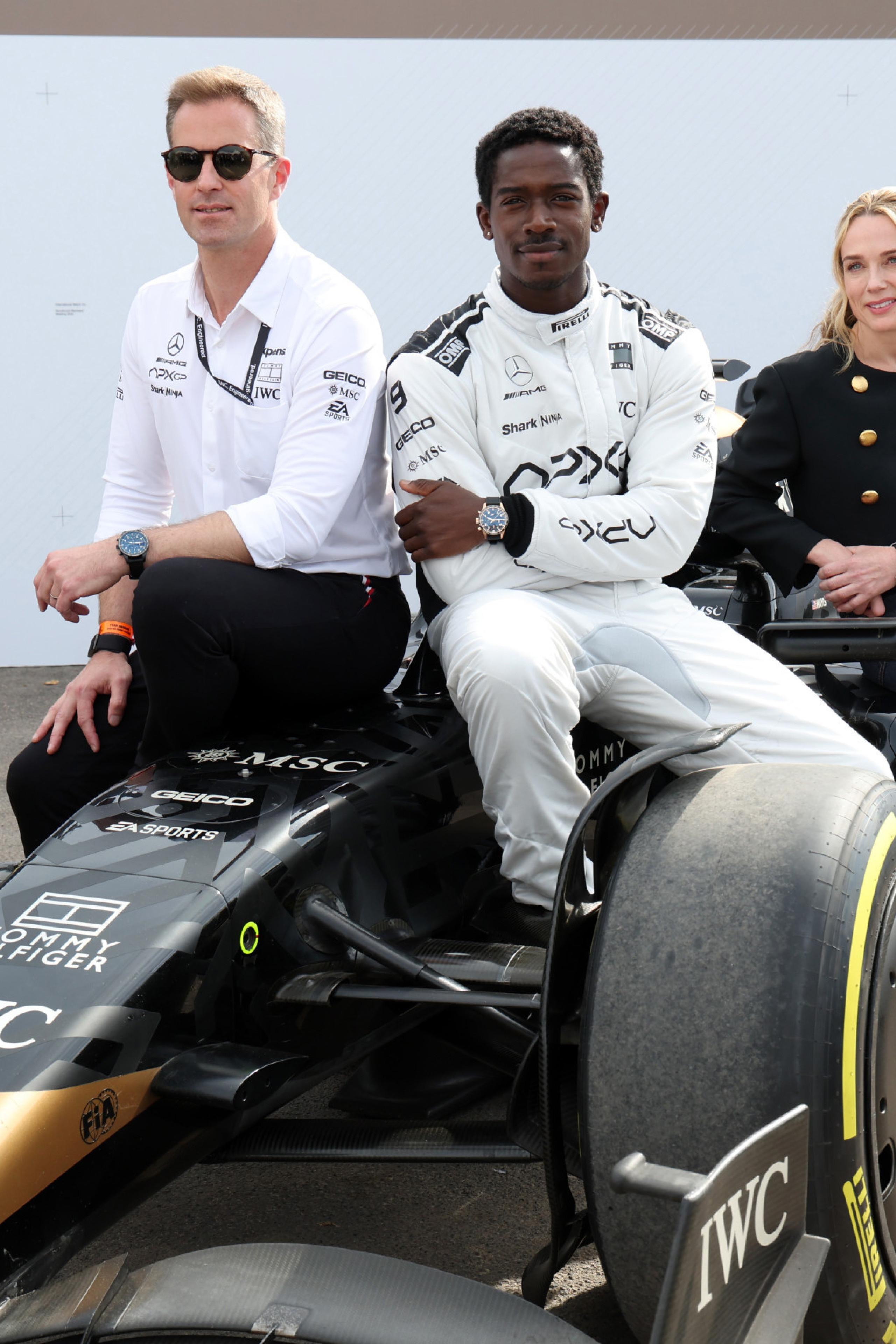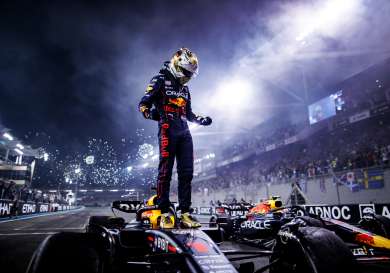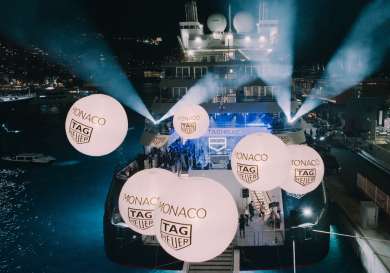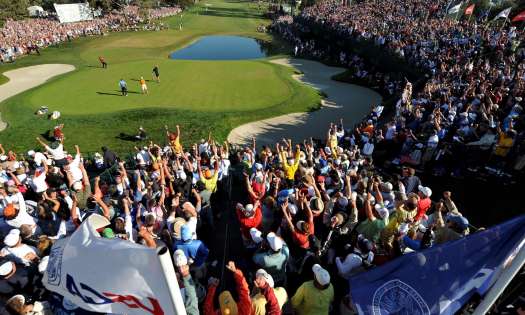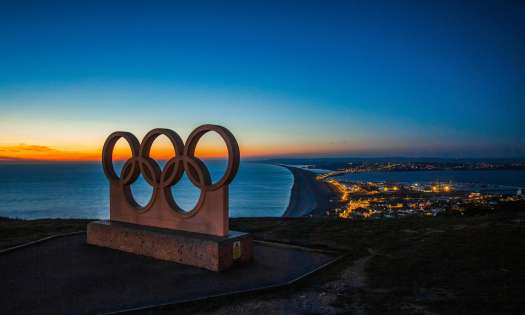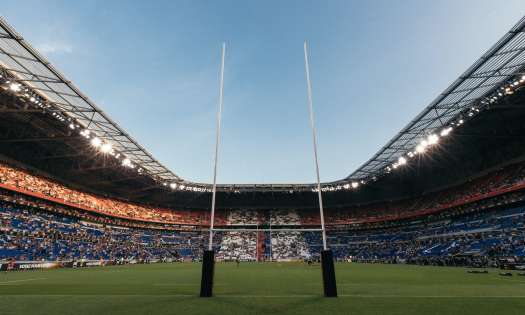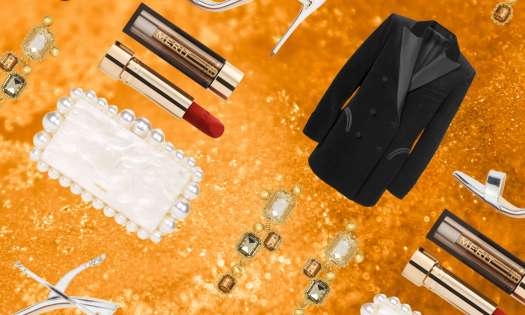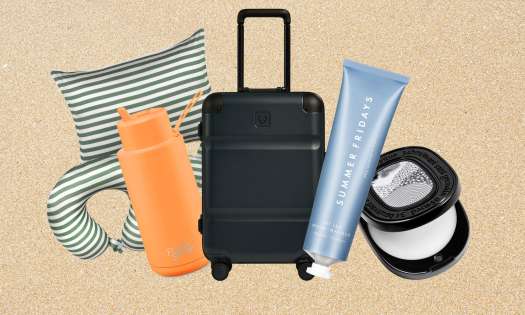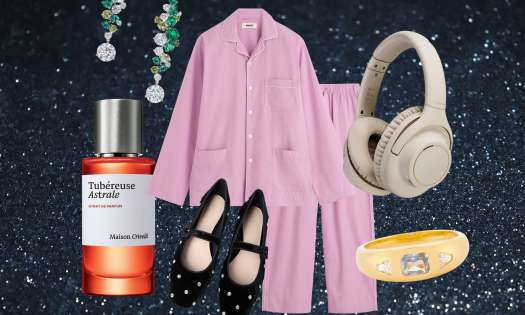By
Priya Raj
on
14th July 2025
Luxury is no longer confined to salons and red carpets—it’s courtside, trackside, and tee-side.
Today, jewellery and watch brands are making powerful plays in the world of elite sports, and driving business growth while they do it. Summer marks the beginning of sports season; Henley Royal Regatta, Wimbledon, the US Open, Monaco Grand Prix – and various other events. Avid sports spectators will recognise the visibility of jewellery and watch brands, and those akin with the world of watches and jewellery will also understand the importance of these partnerships in the industry. Rolex and Formula 1, Boodles and Wimbledon, US Open and Audemars Piguet: jewellery brands and sporting events are fast becoming the most valuable partnerships across fashion categories.
The New Age Of Partnerships
For horology brands, time and sport have always been natural allies. “These events are storytelling platforms where luxury brands can embody values like excellence, precision, and timelessness, while associating with cultural icons and world-class athletes,” said Krish Himmatramka, founder of jewellery brand Do Amore. Particularly today, international sporting events signal the kind of brand alignment that can’t be explained by a catwalk or red carpet appearance. These partnerships manifest in a multitude of ways, the most visible is sponsorships of the events, while others include partnerships between sportsmen and women and the brands as brand ambassadors. “For larger brands, brand alignment is everything,” says Himmatramka. “For established names, it’s not just marketing—it’s myth-making. These partnerships remind consumers why the brand is aspirational, justifying both the price and the prestige.”
Beyond branding, these partnerships increasingly have financial upside. Limited-edition pieces tied to specific athletes or events often appreciate in value — especially when linked to record-breaking performances or historic wins. Aryna Sabalenka and Audemars Piguet, Coco Gauff and Rolex. “For smaller or emerging brands, the approach is different. It’s less about mass visibility and more about meaningful relevance,” says Himmatramka. Let’s not forget that horology was once a male dominated industry, with designs also geared more towards men. Including female athletes in campaigns and sponsorships sends a message that perhaps now, the winds are changing. Another unexpected partnership is between Formula 1 racer Charles Leclerc and APM Monaco. Sports bring with them a key demographic: younger, diverse, global audiences with rising purchasing power and aspirational mindsets. A smart partnership between a Gen Z sportsman and demi-fine jewellery brand (which has an accessible price point) will appeal to this future generation of luxury clientele too. Athletes are no longer just sports figures; they are lifestyle influencers. So partnerships are not just for performance associations but also for their personal style and reach on social media. “The goal isn’t just to reach—it’s resonance. When the story is compelling and values are clear, customers don’t just add to cart, they become part of the brand’s journey,” Himmatramka muses.
Similarly, such partnerships are a wonderful method for new or existing brands to boost their brand profile. Tag Heuer and IWC are brands with a long, respected history. Tag Heuer announced in February they will be the first ever title partner for the Monaco Grand Prix which takes place in May. “The spirit of competition, the challenging street course… We are honoured and delighted to renew our partnership with the Automobile Club de Monaco,” said the Tag Heuer CEO Antoine Pin. IWC will be partners of the new Formula 1 movie “F1” set to release later this year. This will feature the IWC branding and logo on the cars and uniform of the fictional F1 team in the movie.
The Future Of The Game
The next chapter of luxury’s entwinement with sport is being written far beyond the traditional arenas of golf, tennis, and Formula 1. As the landscape of influence evolves, luxury jewellery and watch brands are eyeing new arenas—esports, women’s sport, and emerging global audiences—as platforms for growth, cultural relevance, and investment in the future of affluence. Esports is a multi-billion-dollar industry, drawing hundreds of millions of viewers worldwide, with key demographics falling between 16 and 35 years old—exactly the audience luxury brands are eager to capture.
Swiss watch brand TAG Heuer was among the early entrants, partnering with Gran Turismo and launching a limited-edition chronograph inspired by the virtual racing world. Similarly, Gucci made headlines with its collaboration with esports organisation Fnatic, launching a co-branded dive watch designed for digital athletes.
The fusion of sport with jewellery and watches isn’t just smart marketing—it’s a cultural and commercial pivot for sportsmen and brands alike.. For athletes, it's a legacy move. For brands, it's a masterclass in visibility and value. And for discerning consumers and collectors, it's an invitation to own a piece of history—set in gold, diamonds, and time itself.
Header image credit: Tristan Fewings/Getty Images for IWC
Enjoyed this? Don’t miss our Featured Experiences
The Global Gift Gala Paris
Goodwood Revival: A Living Celebration of Heritage, Speed & Style
